A knockout and a round robin
Bydgoszcz is a city in norther Poland, a part of the Bydgoszcz–Toruń metropolitan area, which totals over 850,000 inhabitants. The eighth-largest city in Poland, it is located between the Vistula and Oder rivers, which means the city belongs to a water system connected via the Noteć, Warta and Elbe with the Rhine and Rotterdam.
Known as Little Berlin, Bydgoszcz is an architecturally rich city, with neo-gothic, neo-baroque, neoclassicist, modernist and Art Nouveau styles present. The notable granaries on Mill Island and along the riverside belong to one of the most recognized timber-framed landmarks in Poland.
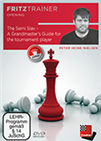 The Semi-Slav (1.d4 d5 2.c4 c6 3.Nf3 Nf6 4.Nc3 e6) can arise via various move orders, has decided World Championships, and is one of Black's most fascinating replies to 1 d4. Magnus Carlsen's second, Grandmaster Peter Heine Nielsen explains in detail what this opening is all about.
The Semi-Slav (1.d4 d5 2.c4 c6 3.Nf3 Nf6 4.Nc3 e6) can arise via various move orders, has decided World Championships, and is one of Black's most fascinating replies to 1 d4. Magnus Carlsen's second, Grandmaster Peter Heine Nielsen explains in detail what this opening is all about.
The main Post Office building

The Brda River, with the Tightrope Walker sculpture built in 2004
Open section
Except for Poland’s number 1, Jan-Krzysztof Duda, every player from the national top 10 has registered to participate in Bydgoszcz. Out of the 9, numbers 2, 4 and 5 in the ratings list have made it into the semifinals — i.e., Radoslaw Wojtaszek, Wojciech Moranda and Bartosz Socko.
Each match consists of two classical games, followed, in case of a tie, by two rapid games, two blitz games and Armageddon. The format resembles the one used in the World Cup, except that in this case the playoffs are played right after the second classical game, which means each match lasts two days — and not three, like in the World Cup.
The first two rounds were played from April 29 to May 2, and the players had a rest day before the semifinals kicked off on May 4. In the semis, Wojtaszek is playing Socko while Moranda is facing IM Pawel Teclaf, Poland’s number 28 in the rankings, who managed to knock out Mateusz Bartel and Robert Kempinski in the first two rounds of the event.

Wojciech Moranda | Photo: Official site
In the quarterfinals, Teclaf traded wins with Kempinski in the classical section, drew the two rapid tiebreakers and went on to get back-to-back wins in the blitz. In his classical win, Teclaf outcalculated his opponent in a tactical sequence.
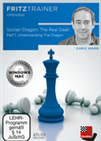 In this first part, the emphasis is on themes and ideas as the viewer is armed with tactical and positional motifs and concepts after 1 e4 c5 2 Nf3 d6 3 d4 cxd4 4 Nxd4 Nf6 5 Nc3 g6.
In this first part, the emphasis is on themes and ideas as the viewer is armed with tactical and positional motifs and concepts after 1 e4 c5 2 Nf3 d6 3 d4 cxd4 4 Nxd4 Nf6 5 Nc3 g6.
Here the engines consider 20.Nxe6 to be the best move in the position, but Teclaf’s 20.b3 is also strong — it does not relieve the tension and pushes Black to make a tough decision. Kempinski went for 20...Ne3 when 20...e5 was a better defensive try (20...Na3 is also good, but it doesn’t create any counterplay).
The game continued 21.Rde1 Bxe4 22.Rhg1 Ned5 23.Ba5 Nxf4 24.Rxe4 Nxh3 25.Rg3
There is equal material on the board for the time being, but White has a dominating position. Kempinski resigned nine moves later.
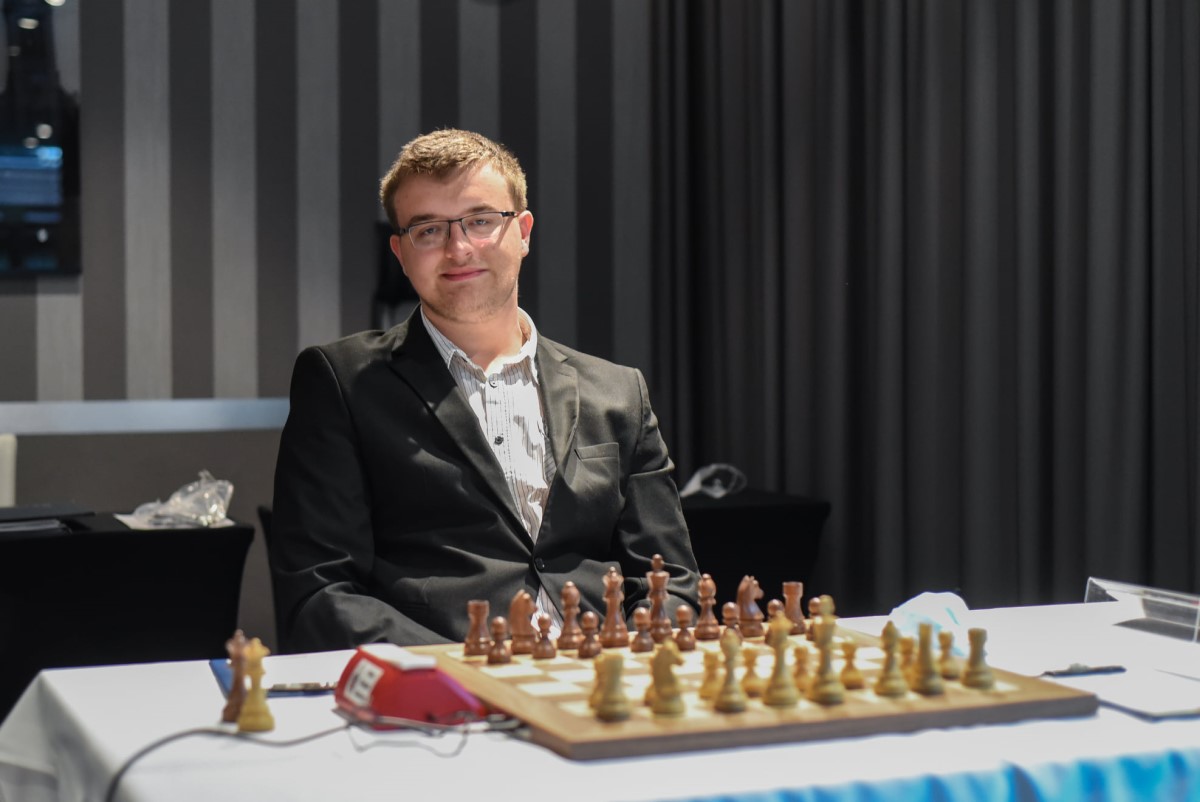
Pawel Teclaf | Photo: Official site
All games
Women’s section
Among the women, seventh seed Joanna Majdan started the tournament with four consecutive wins. In round 5, Majdan suffered her first defeat though, as she was beaten by second seed and defending champion Karina Cyfka. Majdan, who finished a half point behind top-scorers Cyfka and Klaudia Kulon last year, obtained a remarkable score at the 2008 Olympiad in Dresden, where her 9½/11 granted her a gold medal on board 4.
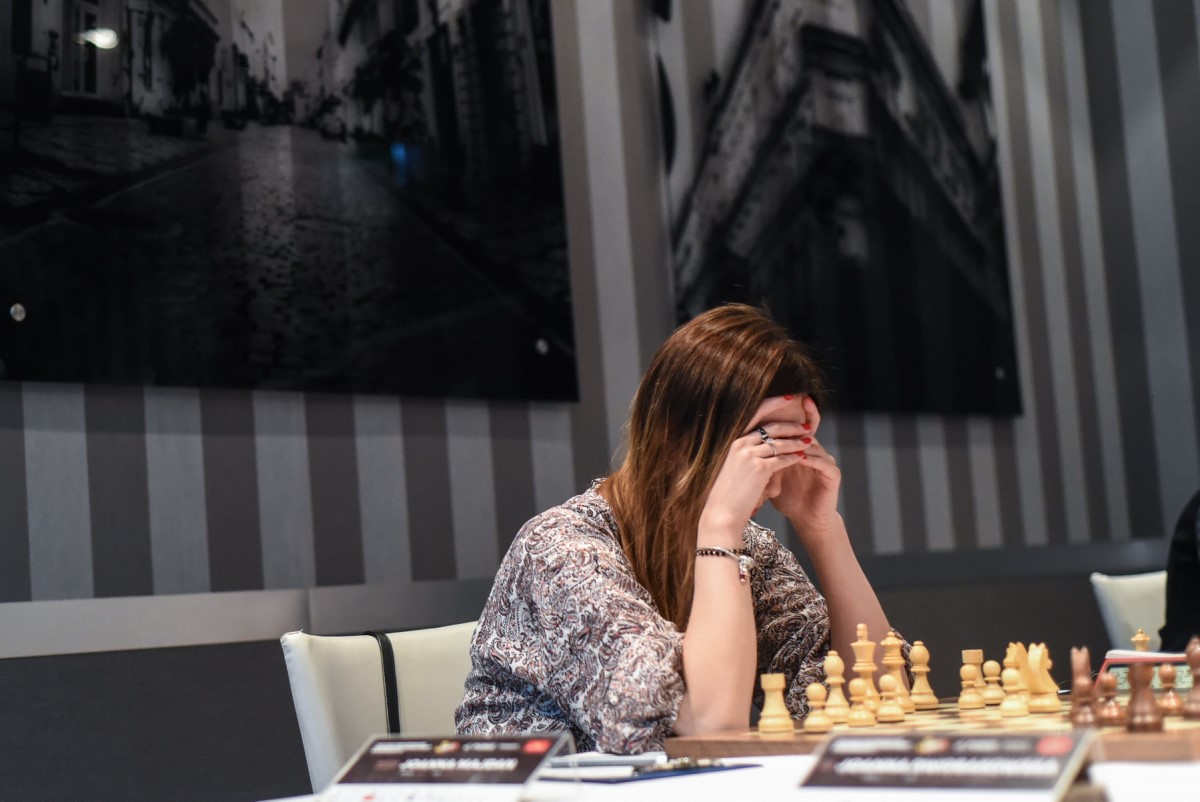
Fully focused — Joanna Majdan | Photo: Official site
The 32-year-old was caught atop the standings table by Jolanta Zawadzka, who obtained an attacking win over Michalina Rudzinska in round 6.
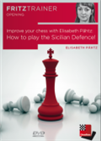 The continuous stream of new ideas in the Sicilian makes 1..c5 the most popular answer to 1.e4. On this DVD I do give an introduction to the most important Sicilian systems.
The continuous stream of new ideas in the Sicilian makes 1..c5 the most popular answer to 1.e4. On this DVD I do give an introduction to the most important Sicilian systems.
12...g5 Black will castle long and go for a direct attack against White’s king.
13. Be2 gxf4 14.Bxg4 hxg4 15.Qxg4 0-0-0 16.Nxc6 Bxc6 17.Bd4
17...f5 18.Qxf4 Bd6 19.e5
White’s counterplay has vanished, and it’s time for Black to coordinate her pieces along the g and h-files and the a8-h1 diagonal. Zawadzka needed seven more moves to force her opponent to resign in a hopeless position.
Standings after round 6
All games
Links




























